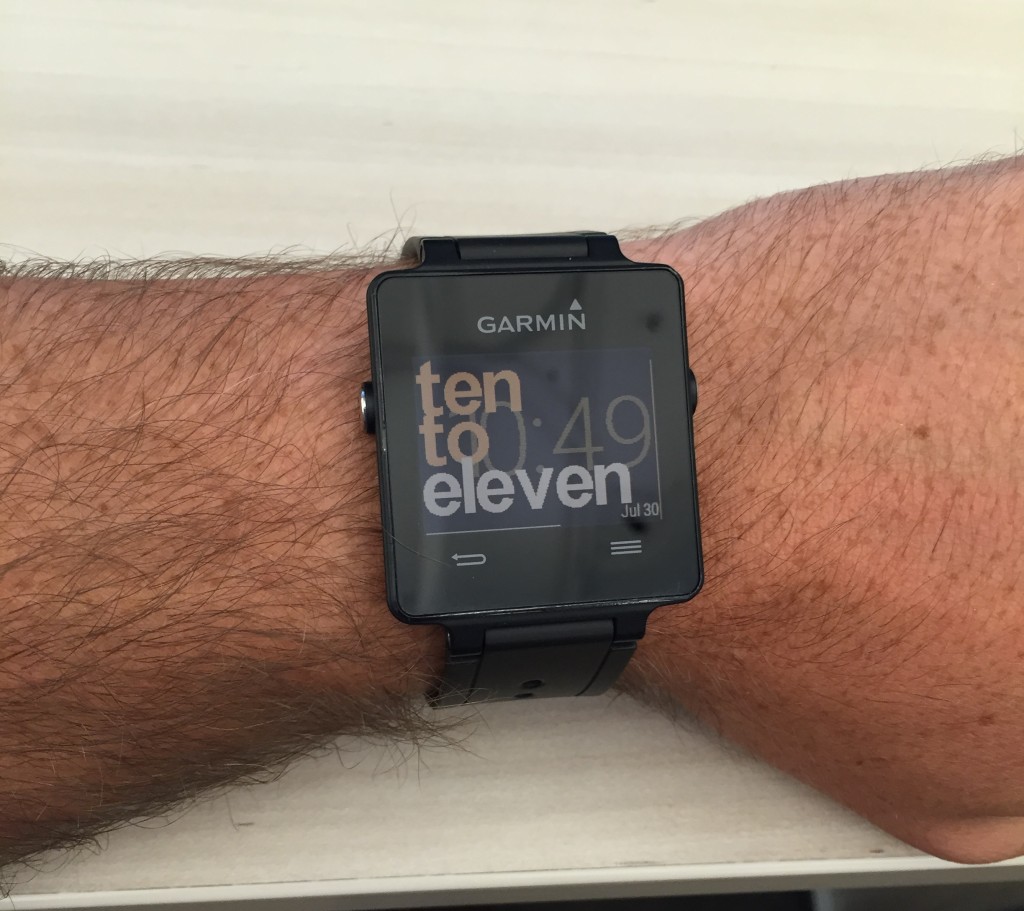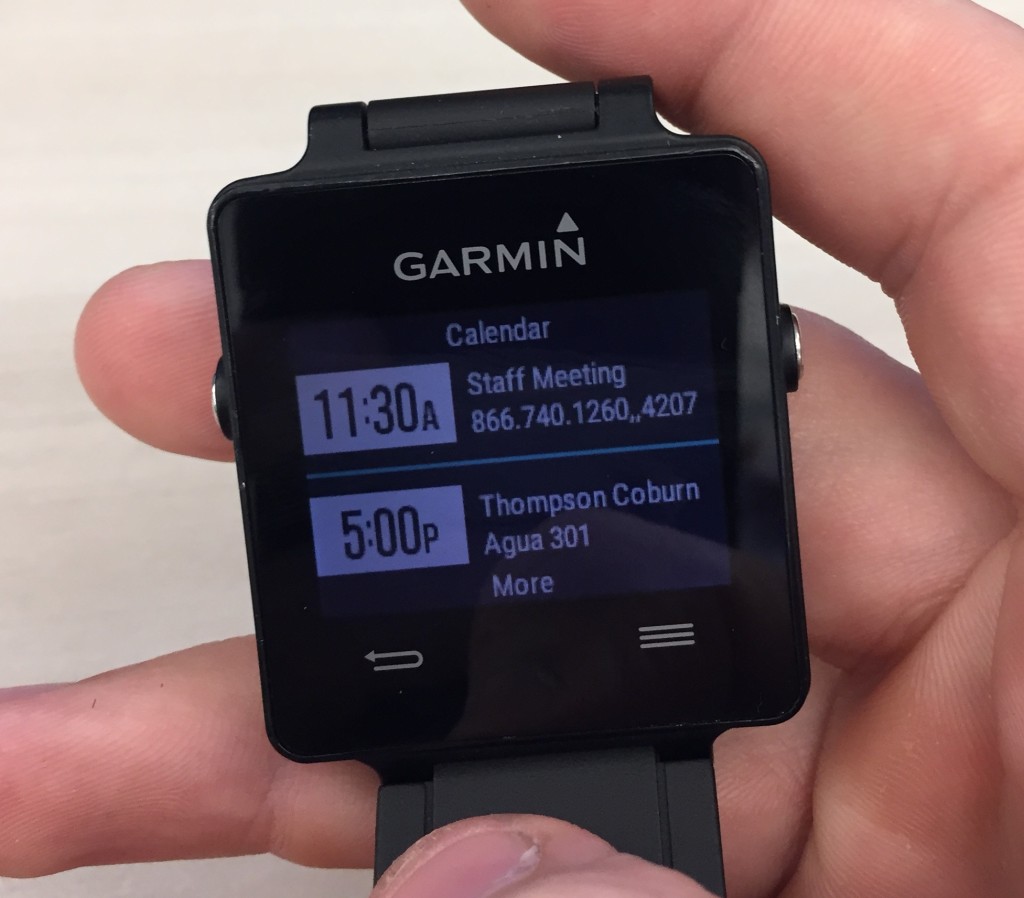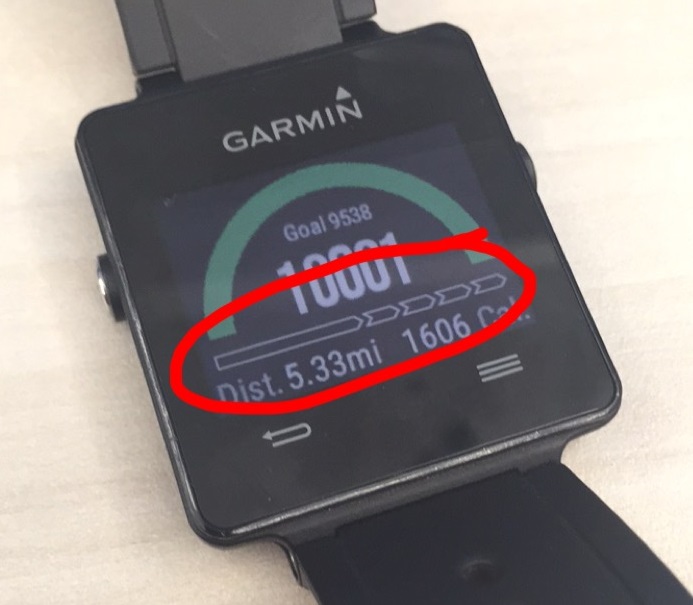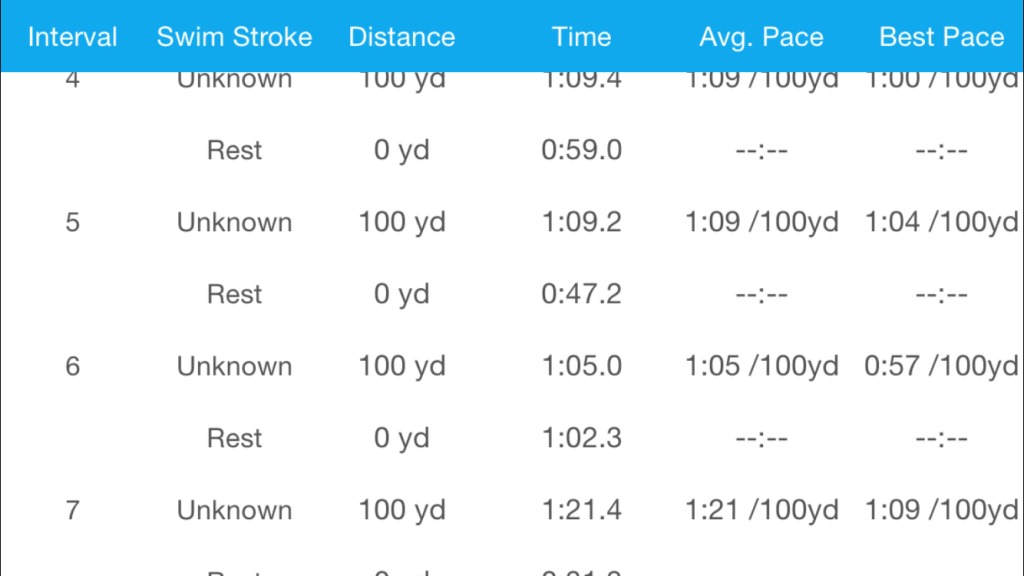Before electronic activity trackers and step counters arrived on the scene, there were sportwatches. Your old Timex Ironman–an indestructible amalgamation of ancient alien technology–was basically a stopwatch with a wristband. A sportwatch. It told you how much time had elapsed since you started it, how much time remained before the end of an interval you set and subsequently initiated, and—most importantly—it told you the time of day.
At the turn of the millennium, Garmin, a company already well-known for its auto and marine GPS (Global Positioning System) navigation devices, released a novel but massive piece of wrist hardware they called the Forerunner. Over the years, Garmin GPS watches and their competitors have grown smaller and improved their feature sets to the point that many of them are nearly indistinguishable from everyday sportwatches.
Among other things, one of the defining characteristics of GPS sportwatches has been that they don’t make great day-to-day watches—you have to charge them often, remind them (and yourself) that you’re not exercising, and you have absolutely no hope of fitting them beneath a jacket sleeve, let alone a dress shirt. Given those characteristics, the line between GPS sportwatch and casual, day-to-day watch is pretty clear. Or at least it was, until Garmin pushed out its newest line of GPS sportwatches.
The Garmin Vívoactive is part of this latest generation—along with its wrist-bound supercomputer sister, the Forerunner 920XT. But the Vívoactive has created a nice little niche for itself—it has most of the functionality of a full-blown GPS smartwatch, but in a much more discrete and wearable package.
Who’s Wearing It: Dan
What It Does:
Activity Tracking: steps, distance, calories, sleep tracking
Running: time, distance, pace, cadence, heart rate (with optional strap), alerts, walk/run mode
Cycling: time, speed, distance, cadence, heart rate (with optional strap), alerts
Swimming: time, pace, distance, stroke count, efficiency

Let’s talk about activity tracking first. The Vívoactive counts steps just like any other activity tracker, but also has a neat little additional feature: the inactivity bar. If you’ve been sitting around at your desk cranking out those TPS reports for more than an hour straight, the Vívoactive will buzz on your wrist and the first of five little arrows on the bottom of the screen (the bars of guilt) will turn red, letting you know that you should probably get up and take a little lap, just to get the blood flowing. After about 100 yards of strolling around, the Vívoactive will buzz again and let you know that you’ve put in your time for the hour.
The Vivoactive’s step counter. Beware the Bars of Guilt.
All the while, the Garmin Connect app helps you keep track of progress toward goals. With automatic sleep tracking provided by the Vívoactive, the app also provides a nice little display of your rustlings and rousings during the course of the night.
The Vívoactive’s run tracking is probably my favorite part of this watch. It’s just so easy. Remember that post on GPS from a week or so back? The Vívoactive uses a variation on Assisted GPS to track your run.
Once you start, you can see your pace, cadence, heart rate (as long as you have an ANT+ chest strap), and distance at a glance. When you’re done, just hit the stop button and save your workout, then it gets auto”magic”ally uploaded to Garmin Connect the next time you’re in Bluetooth range of your phone. One of the great features on the Vívoactive is its built-in GPS radio, so no phone is needed to keep track of your exact location on Earth. This is great for sweaty people, people who don’t like running with big phones attached to them, or people who just don’t like draining half their phone’s battery for a 45-minute run.

Cycling is equally smooth, with Vivoactive syncing readily with most ANT+ cycling accessories for your bike (Garmin’s speed + cadence sensor for tracking indoor cycling, notably).
The Vívoactive is also water resistant to 50 meters, so you can use it for swimming. Swimming with the Vívoactive works just like running and cycling—just set the watch to swim mode, hit start, and go!
The Vivoactive is also Garmin’s first stab at making a smartwatch. For iPhone users, your notifications get pushed to your watch, which I’ve found very nice when I’m doing some cycling and want to keep my phone stowed in my pocket.

When you’re done with all your fitness-ing, data from your Vívoactive automatically syncs to Garmin’s online software suite, Garmin Connect, where it integrates with other apps like MyFitnessPal and Strava.




